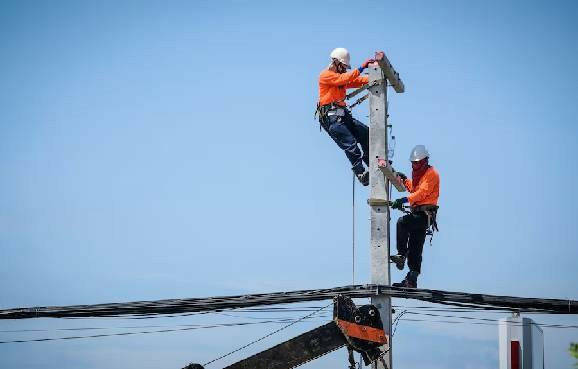Elevating Safety: Innovations in Working at Heights Equipment Revolutionizing the Construction Industry
Working at heights presents unique challenges and risks, making it vital for organizations to continually enhance safety measures. Recent innovations in equipment and training methodologies are playing a crucial role in reducing accidents and ensuring compliance with safety standards. This article explores the latest advancements in harness technology, self-retracting lifelines, and the transformative power of virtual reality in training simulations.
The Importance of Invested Safety
According to safety statistics, fall-related incidents remain a leading cause of injury and fatalities in various industries, particularly in construction and maintenance work. Investing in innovative Working at Heights safety equipment and training is not just a legal obligation but also a moral imperative to protect workers.
Cutting-Edge Developments in Harness Technology
Modern harnesses are no longer simply loops of webbing and metal buckles. Advances in materials and design have led to the emergence of:
- Smart Harnesses: Equipped with sensors that monitor body position, movement, and fall forces, these harnesses can alert personnel and supervisors to potential dangers in real-time.
- Lightweight Materials: The use of advanced synthetic fibers and materials not only improves comfort but also enhances safety by reducing the overall weight of the harness. This reduction decreases fatigue, allowing workers to focus on their tasks.
- Ergonomic Designs: Manufactured to fit the human anatomy better, new harness designs reduce pressure points, facilitating extended wear without causing discomfort.
Advancements in Self-Retracting Lifelines
Self-retracting lifelines (SRLs) have seen technological advancements that significantly improve worker safety:
- Automatic Locking Mechanisms: New SRLs feature intelligent locking systems that engage faster, stopping falls from occurring by preventing excessive fall distances.
- Enhanced Durability: Built with corrosion-resistant materials and reinforced frames, modern SRLs can withstand harsh environmental conditions, making them suitable for various job sites.
- Integration with Mobile Technology: Certain SRLs now include Bluetooth capabilities, allowing for remote monitoring and data collection, which can inform safety personnel about potential risks.
Virtual Reality Training Simulations: A New Frontier in Working at Heights Training
Traditional training methods often lack the engagement or realism needed to effectively prepare workers for real-life scenarios. Virtual reality (VR) has emerged as an innovative solution that offers numerous advantages:
- Immersive Learning Experience: VR simulations can replicate various heights and scenarios, allowing workers to experience and navigate hazardous conditions while remaining completely safe.
- Real-Time Feedback: Trainees receive immediate feedback on their actions, which helps reinforce correct behaviors and improve decision-making skills in high-pressure situations.
- Cost-Effective Training: By reducing the need for physical training setups and the associated costs, VR training can be deployed easily, making it accessible for organizations of all sizes.
Industry Insights: Boosting Workplace Safety and Compliance
Integrating these innovations into workplace practices not only enhances worker safety but also supports compliance with safety regulations. Organizations that adopt cutting-edge safety equipment and training methodologies are likely to experience:
- Reduced Accident Rates: With advanced safety measures in place, the likelihood of incidents arising from falls at height is significantly diminished.
- Improved Employee Morale: Workers who feel secure in their environment are often more productive and engaged, leading to a positive workplace culture.
- Enhanced Reputation: Companies prioritizing worker safety build a reputation for being responsible employers, attracting top talent and clients alike.
Conclusion: Embrace the Future of Working at Heights Safety
As innovations in Working at Heights safety equipment continue to emerge, it is paramount for companies to stay informed and invest in modern solutions. Technologies such as smart harnesses, advanced self-retracting lifelines, and virtual reality training platforms are driving significant improvements in safety standards.
To ensure your team is adequately prepared and compliant with safety regulations, consider enrolling them in a Certified Working at Heights Training. For personalized queries, reach out to us at [email protected]. Together, we can enhance workplace safety and protect those who work at heights.



 349,500 Offered Certificates
349,500 Offered Certificates
 24/7 Online Training
24/7 Online Training
 Money Back Guarantee
Money Back Guarantee
 Fully Accredited Courses
Fully Accredited Courses
